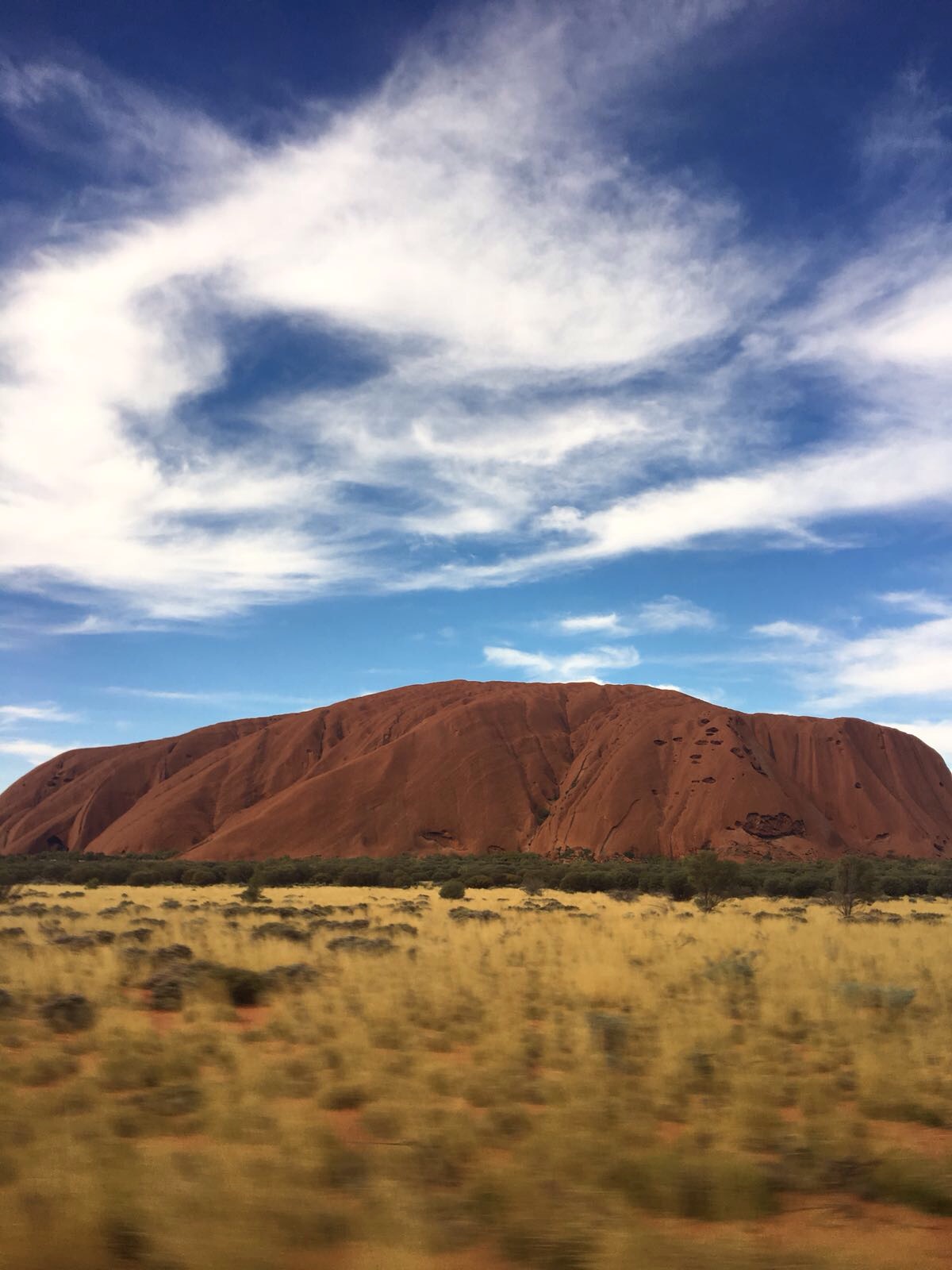I have recently returned from Australia, a vast and beautiful continent, with its enormous Great Barrier coral reef, its rain forests, and its famous arid Outback. Australians pride themselves on flying a single flag, being a single country, from coast to coast. Yet the history of this beautiful place is based on tragedy, that of the convicts who were shipped to this far away penal colony, some for as little as having stolen a loaf of bread, and especially for the tragic impact on the culture of the Aboriginal people. The ancestral owners of the land, as they are now respectfully acknowledged and referred to, have been horrifically mistreated by the “white fella”. For me, the most moving part of the trip was the opportunity to get to meet some Aborigine mental health professionals who participated in the conference I attended, as well as some who are still living close to the land, near the sacred magnificent rock known as Uluru. The Australian Aboriginal people are the longest living uninterrupted human culture on earth. Evidence suggests that they have lived in Australia for over 50,000 years, and have maintained their culture almost unchanged, until the appearance of the white men in 1778.
Looking at vividly colorful cave-paintings that are over 25,000 years old is a humbling and moving experience. The paintings are visual representations of the stories that were passed down from generation to generation, from father to son, from mother to daughter, teaching the practical arts and the ethical laws that allowed this culture to remain functional and thrive in a place that seems almost uninhabitable, with harsh extremes of temperature and scarce water supplies. To think of the ceremonies that took place in these sacred locations, the generations of children and adults who gathered here to learn the most important lessons that the older generation wanted to pass on, was a profoundly moving moment of connecting to the universal sense of what it means to be human, to be a parent, to belong to a chain of generations. The paintings and the stories they tell reveal not only lessons about how to find water and hunt successfully, they also transmit profound relational wisdom. As foreigners we are only told the basic elements of the culture, the stories told to children, and to the uninitiated. Yet these stories bespeak a culture that revered and cherished knowledge that had accumulated over thousands of uninterrupted generations, fostered connectedness with the family and the tribe, accountability for one’s own actions, and methods for reparation and restitution after an interpersonal transgression. When someone wronged another, we are told, they were expected to “come down and talk about it”. And they were offered three chances of doing so, before sanctions by the elders had to be mobilized. The Aboriginal people valued peaceful cooperation with neighboring tribes. Everyone, we were told, learned the language of their own tribe and also that of the neighboring ones, whom they might have encountered in their nomadic way of life. The value of connection and respect for nature was paramount, as Aborigines view themselves as the guardians of the land, entrusted with the obligation to care for it and leave it in good condition for future generations. In many ways, this ancient culture, so remote, isolated and “primitive” has captured the essence of highly evolved values which our own society is struggling to uphold, such as the need to be responsible, accountable and connected to others, as well as to care about the natural environment and future generations. To see it marvelously painted on the walls of a cave 26,000 years old is a unique encounter with what is most profoundly, universally and inspirationally human.
Irit Felsen


Beautiful
>
It is truly majestic, isn’t it?
amazing description, makes you want to visit soon